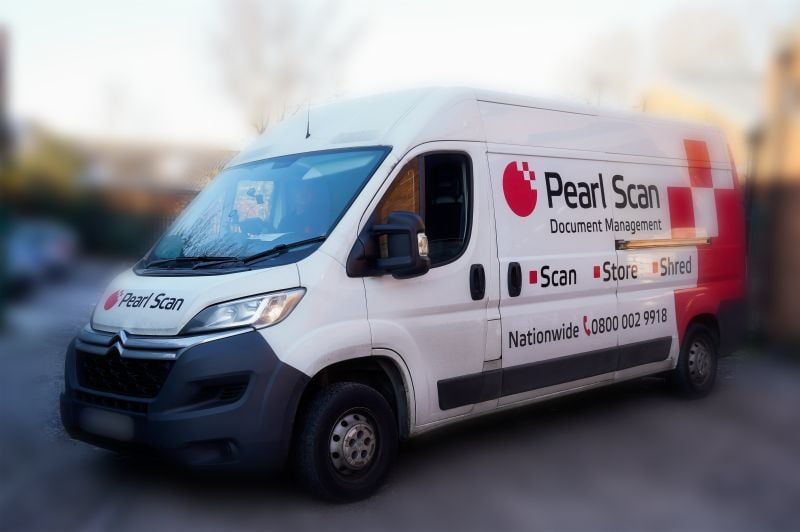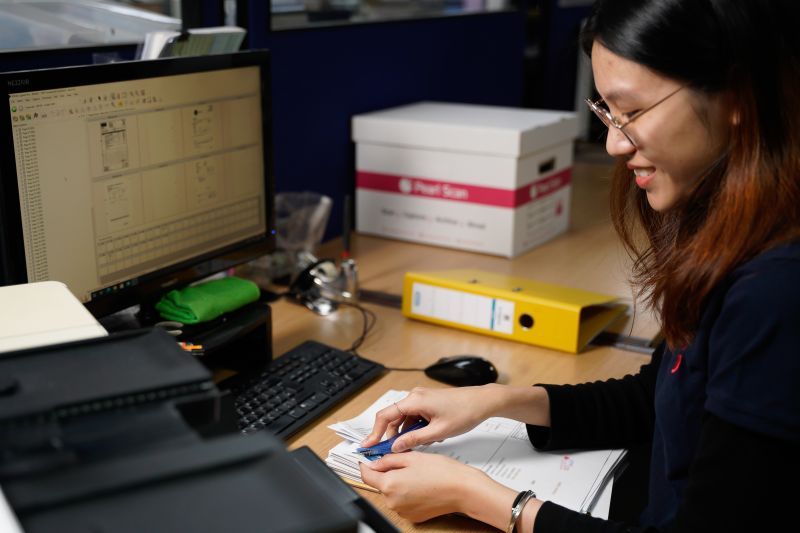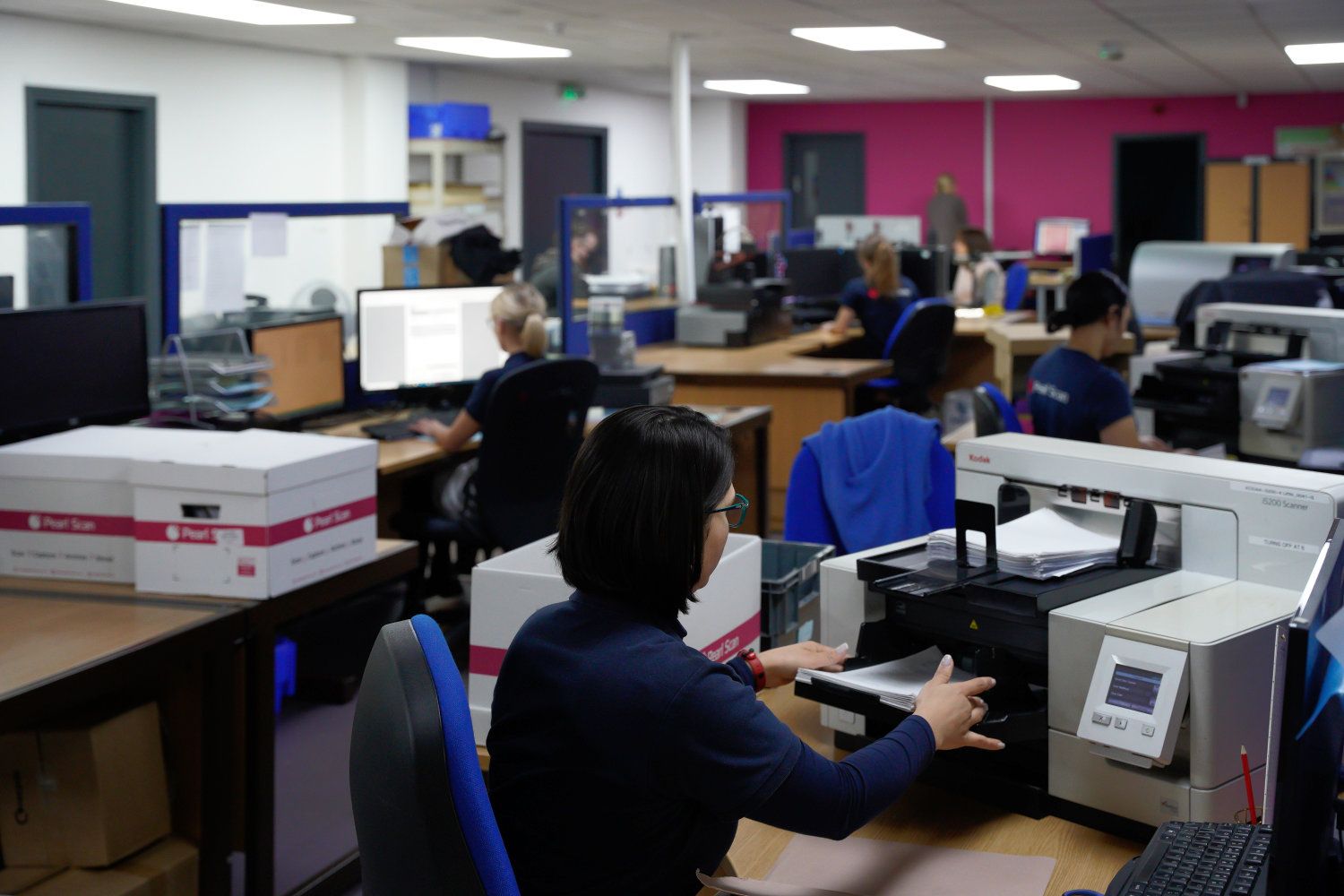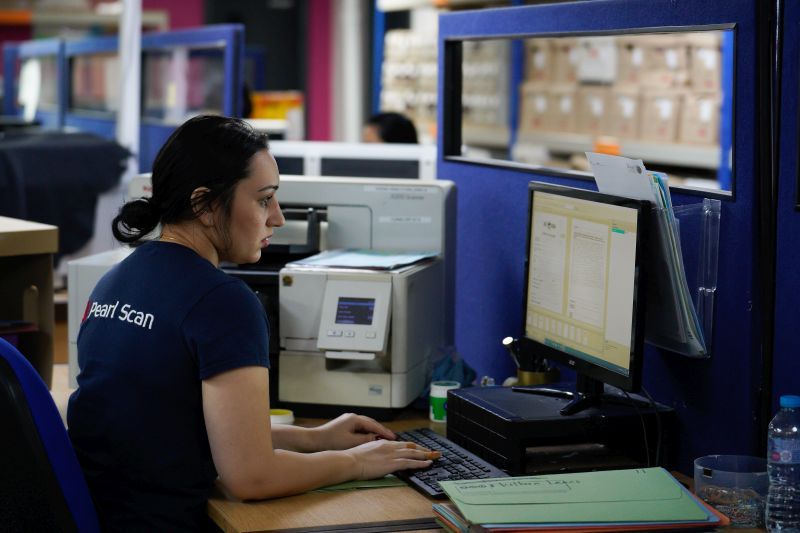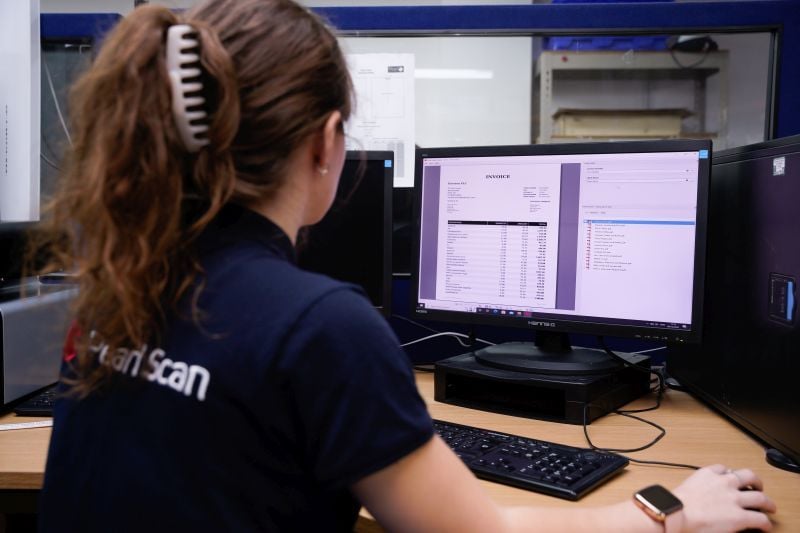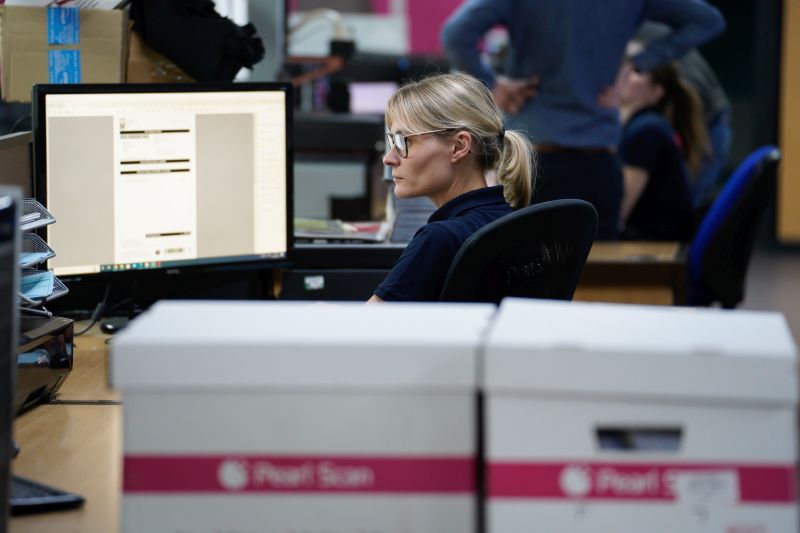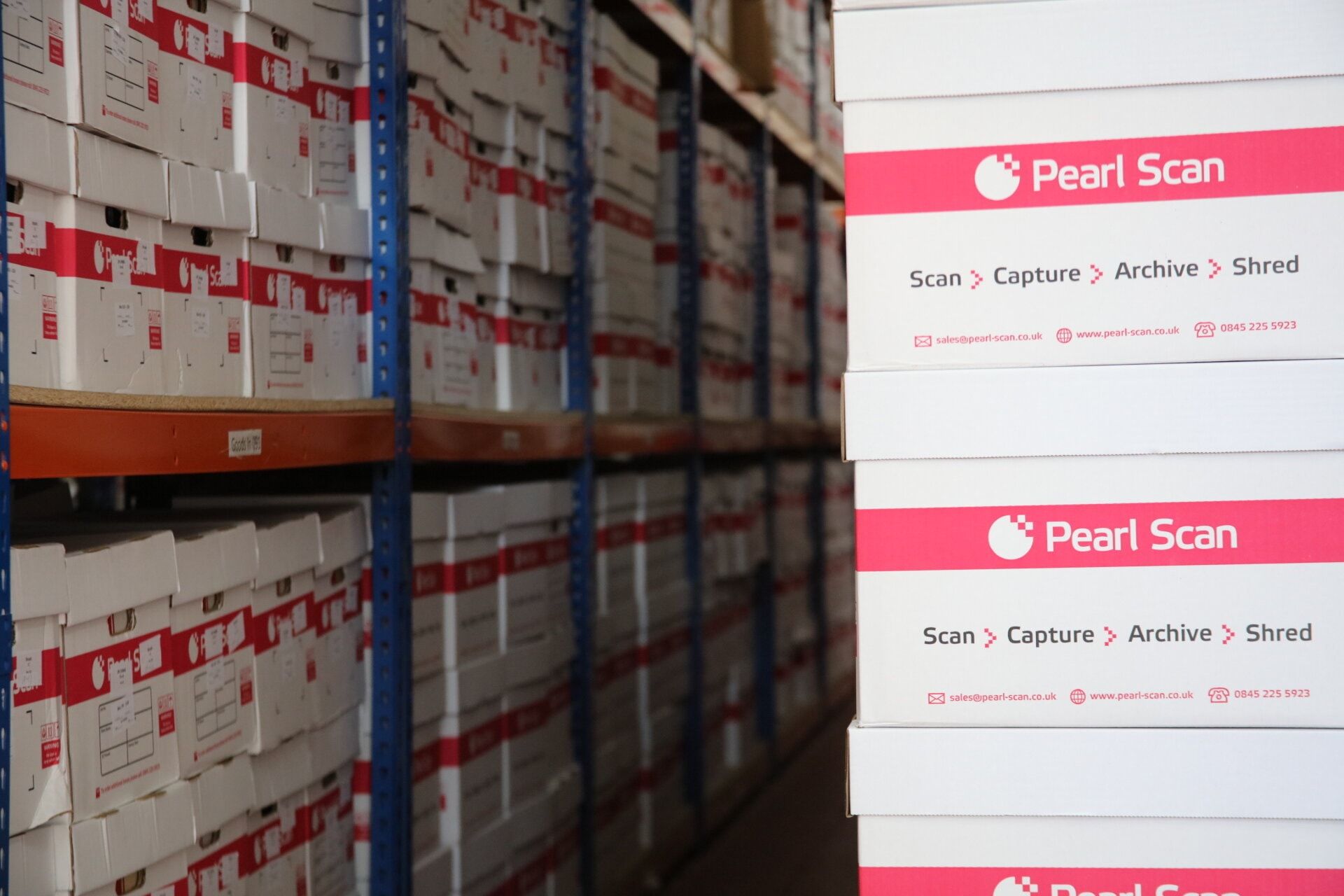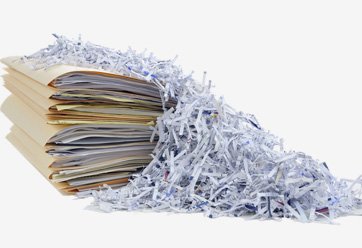1. Document Collection
Navigating the landscape of document logistics, our team ensures a swift, secure, and economical collection service, irrespective of whether you are dealing with a modest batch or a vast archive spanning hundreds of boxes. We collaborate closely with you, pinpointing the ideal collection window that aligns with your schedule. Beyond mere collection, our experts are ready to assist with any on-site preparation, from extracting documents from filing systems to meticulously cataloguing them.
